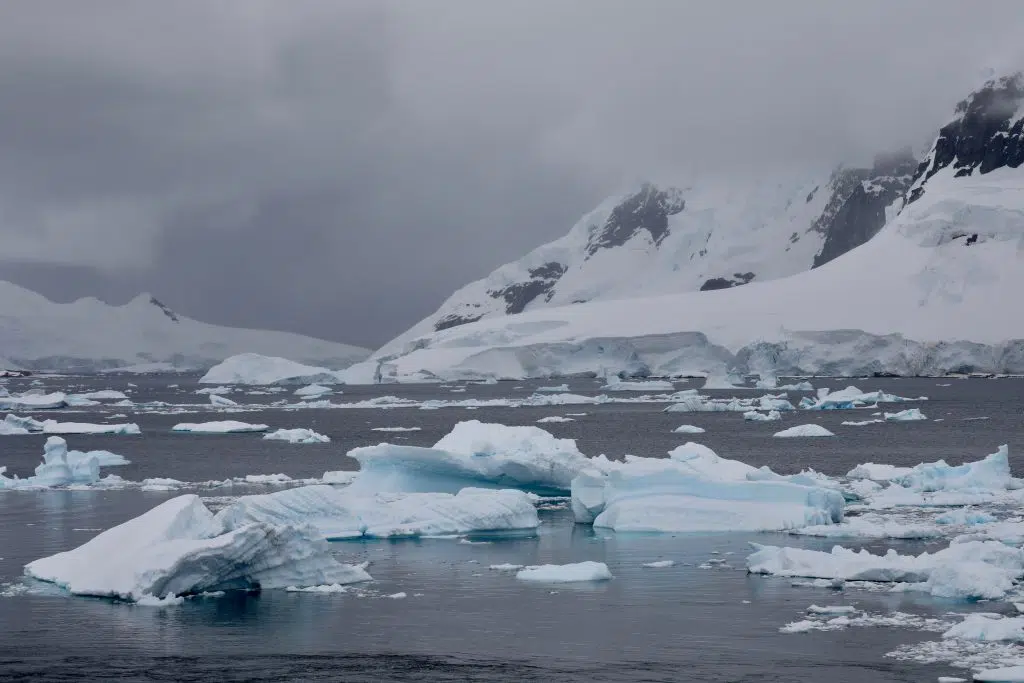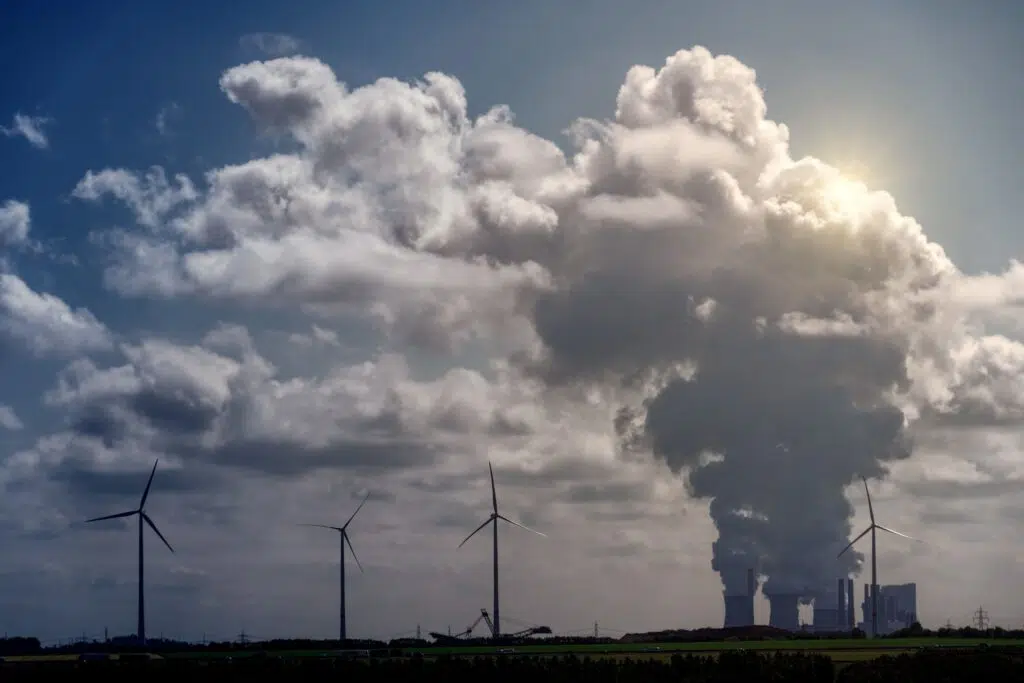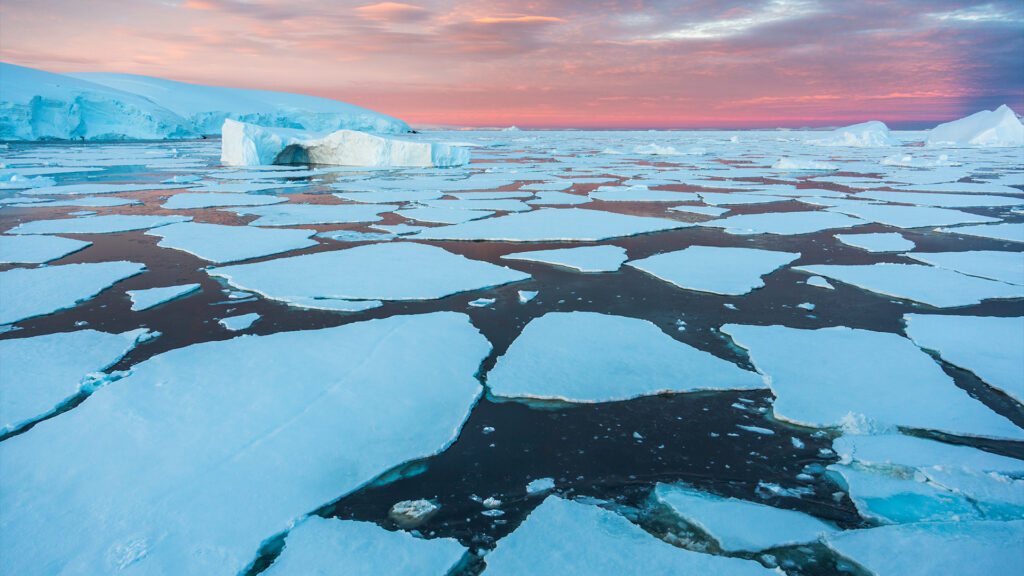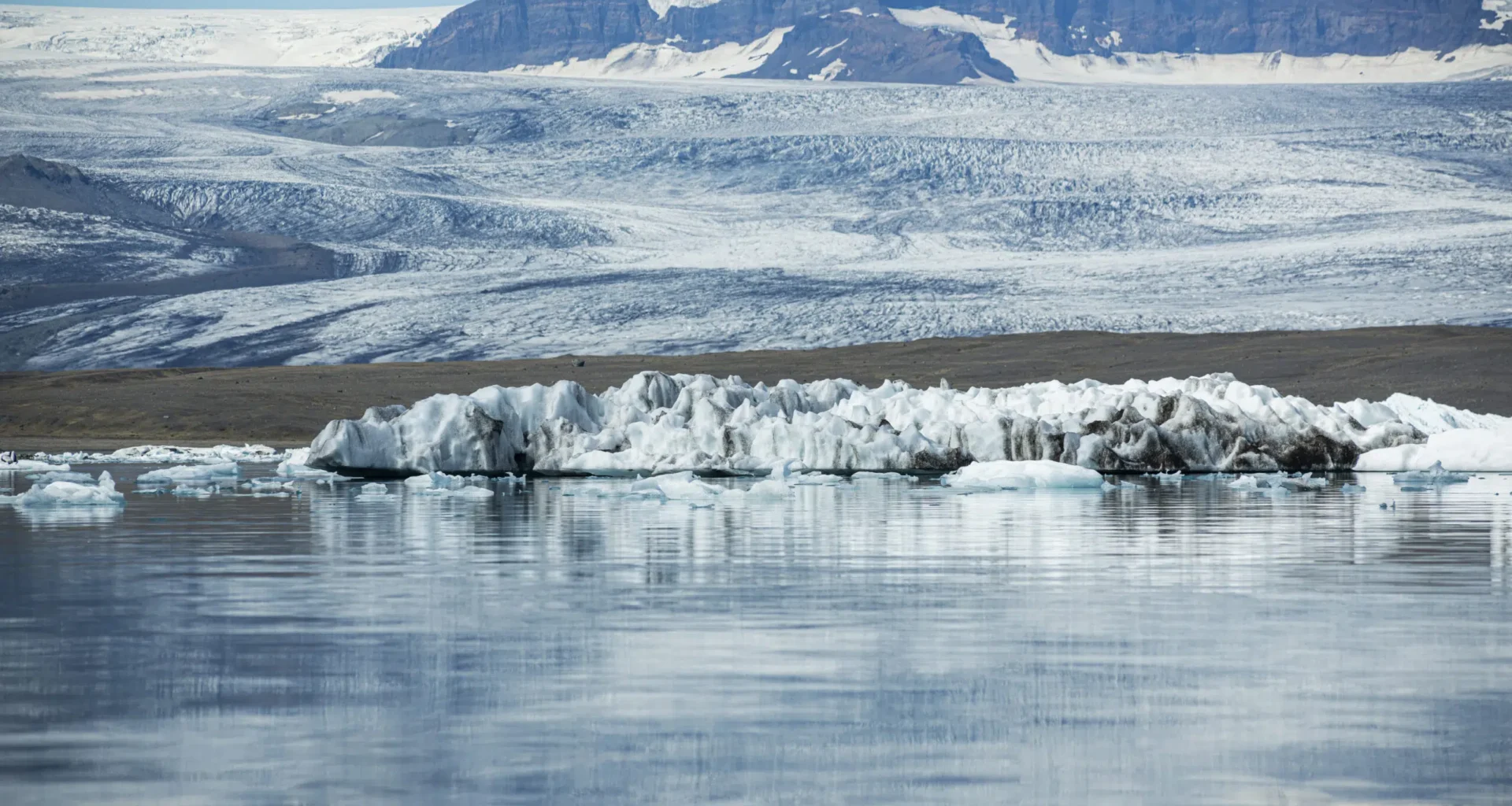The Antarctic Ocean is responsible for absorbing 40% of the carbon dioxide generated by human activities.
Now, a new study explains the mechanism that makes it the largest carbon sink on the planet.
The research, published in Nature Climate Change, reveals how changes in the salinity and temperature of its waters are crucial for retaining CO₂ emissions.
Why the Antarctic Ocean is the world’s largest carbon sink
The world’s oceans absorb approximately a quarter of the carbon dioxide produced by humanity each year.
In particular, the Antarctic Ocean captures 40% of that amount.
This makes it the most important oceanic region for mitigating global warming.
Now, researchers Léa Olivier and F. Alexander Haumann from the Alfred Wegener Institute analyzed data from 1972 to 2021 to understand this phenomenon.
They used information from the Global Ocean Data Analysis Project (GLODAP) collected in seven areas of the southern polar ocean over decades of marine expeditions.
The study seeks to understand what makes this region so special for carbon absorption and whether this capacity remains stable.

The mechanism of the Antarctic Ocean that retains CO₂ in the depths
The key lies in the layer structure of the Antarctic Ocean, which functions as a retention system for carbon emissions.
The surface layer, known as Winter Water (WW), is cold and has low salinity. This layer acts as a protective cap.
Beneath are the deep waters called Circumpolar Deep Water (uCDW).
These are warmer, saltier, and contain enormous amounts of accumulated CO₂.
The difference between these two water masses creates what is called density stratification, a physical separation between layers.
This stratification is crucial because it prevents the CO₂ stored in the depths from rising to the surface and escaping into the atmosphere.
“We were able to determine that, since the 1990s, the two water masses have become more distinct from each other,” explained oceanographer Léa Olivier.
Thus, the study identified significant transformations that strengthened the capacity of the Antarctic Ocean as a carbon sink.
In particular, the surface layer became fresher, with a decrease of up to 0.3 units in salinity since the 1990s.
This phenomenon, called “freshening” or sweetening, occurs mainly due to the meltwater from Antarctic glaciers and the increase in precipitation.

At the same time, the deep waters rose about 40 meters higher than in previous decades, now being closer to the surface.
The temperature of these deep waters increased by 0.2°C and their salinity values also increased, making them even more different from the upper layer.
This greater difference between layers strengthened the stratification and improved the retention capacity of CO₂ in the ocean.
Antarctic Ocean: what would happen without this natural barrier
The process that prevents stratification is upwelling.
That is, the deep waters -rich in carbon dioxide– rise to the surface.
In recent decades, the level of fCO₂ between 100 and 200 meters deep has increased by an average of 10 microatmospheres, according to the analysis of hydrographic data.
Thus, now this CO₂ concentration in the oceanic subsurface exceeds the amount present in the atmosphere.
This represents a potential risk: if these deep waters were to reach the surface without the barrier, the CO₂ would be released into the air instead of being retained in the ocean.
However, the research warns that this protective mechanism is not permanent and faces threats that could weaken it.
Olivier noted that “this fresher surface water has temporarily compensated for the weakening of the carbon sink in the Antarctic Ocean”.
But she added a crucial warning: “This situation could reverse if the stratification were to weaken”, which would remove the natural barrier.

The risk of westerly winds and the need to monitor the phenomenon
The intensification of the westerly winds, for example, is the main risk identified by scientists in the study.
These winds could break the stratification and increase the mixing between the surface and deep water masses.
If this happens, the CO₂ trapped for centuries in the depths would reach the surface and be released into the atmosphere.
Co-author F. Alexander Haumann stated: “We require more data, particularly from winter, where the water masses can mix more easily”.
Therefore, the authors emphasize that understanding this mechanism is crucial, but so is monitoring its evolution over time.
Regular observations, especially in the winter months, will allow detecting if the CO₂ ventilation from the depths has already begun.
Thus, the future of the carbon sink of the Antarctic Ocean will depend on the evolution of multiple interconnected factors.
Among them: the stratification induced by the input of freshwater, the intensity of the winds, and the regional ocean dynamics.
